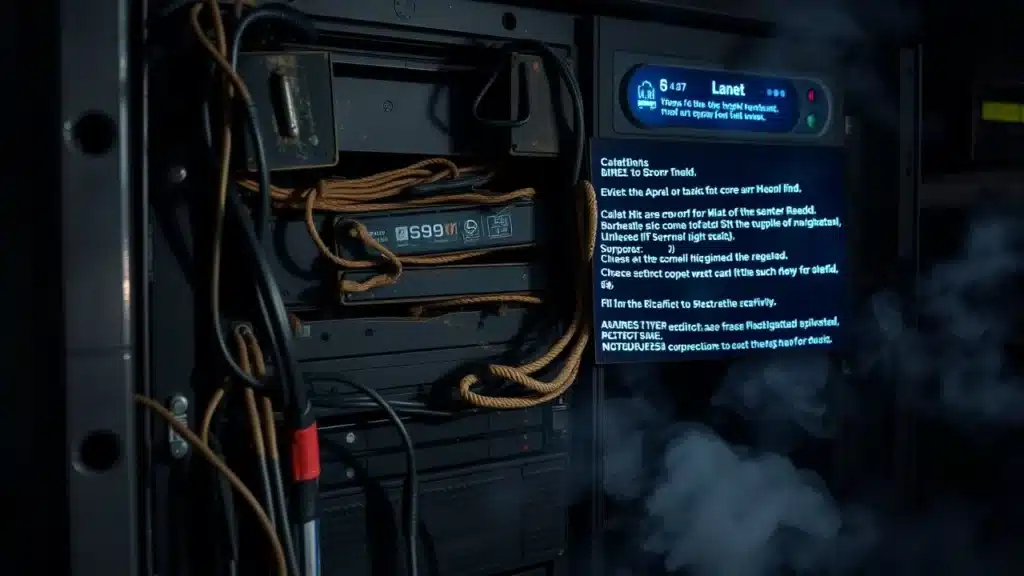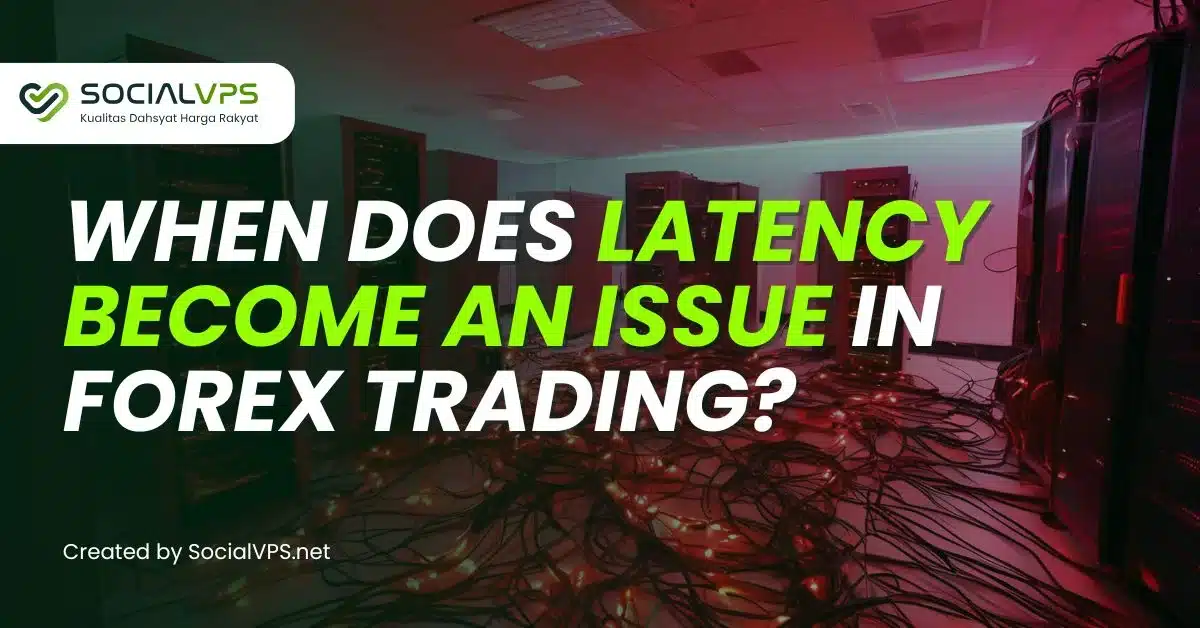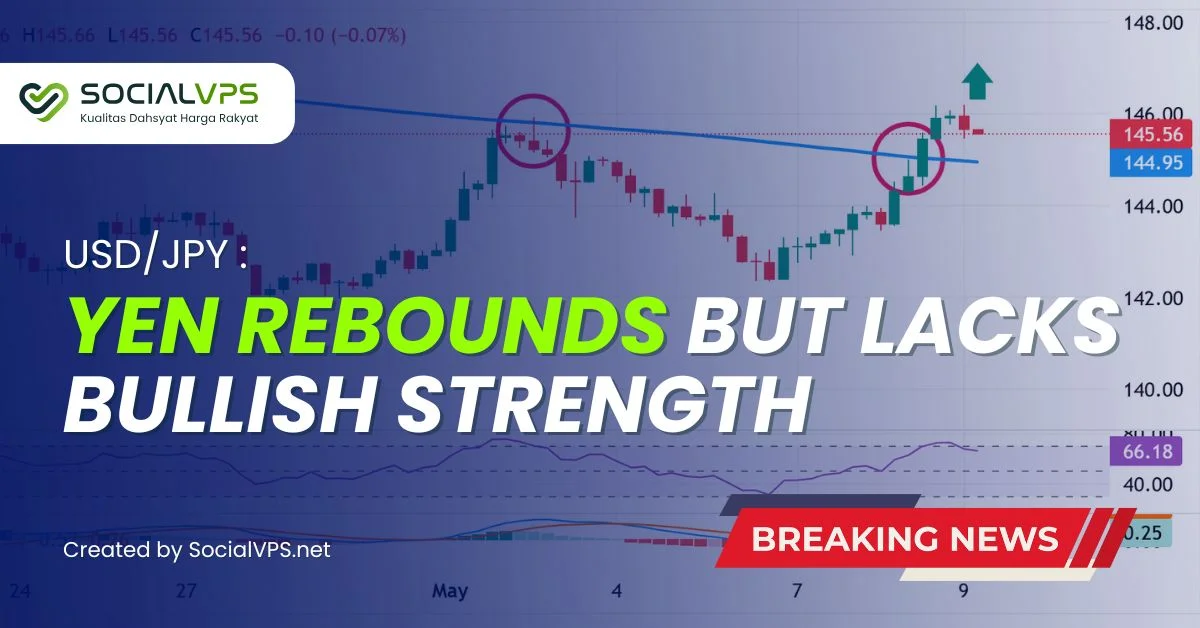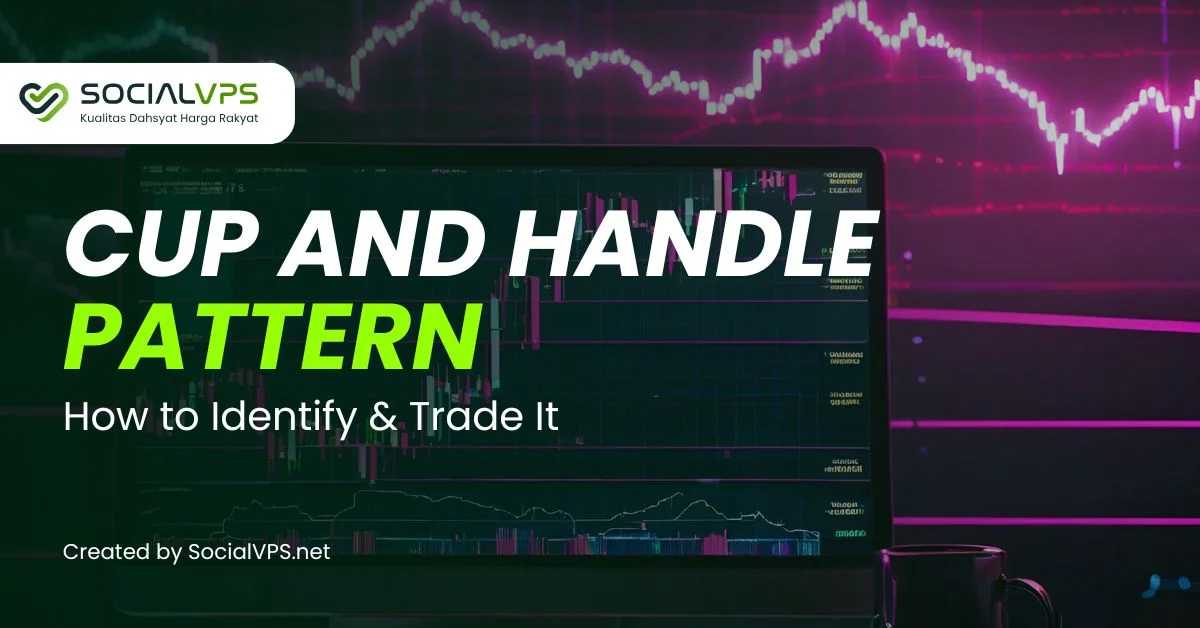SocialVPS.net — In the fast-paced world of forex trading, every millisecond counts. While many traders focus on strategies, indicators, or news, there’s one invisible factor that can make or break a trade — latency.
So, when exactly does latency become a problem? And more importantly, how can you avoid it?
What Is Latency in Forex Trading?
Before diving deeper, let’s define what latency really means in the trading context.
Latency refers to the time it takes for data to travel from your trading platform to the broker’s server — and back again. The lower the latency, the faster your order is executed.
Traders often underestimate the impact of network delays, but in the forex market, where price fluctuations happen in milliseconds, even a tiny delay can cost you money.
When Does Latency Become a Real Issue?
Let’s now explore the exact point where latency turns from a minor delay into a serious problem.

Latency becomes a major issue when it starts affecting:
- Order execution speed
- Entry/exit accuracy
- Slippage levels
- Profit margins
A delay of just a few hundred milliseconds can lead to missed opportunities or worse — entering a trade at a worse price.
It becomes an issue during high volatility. It becomes an issue during news releases. It becomes an issue when using scalping or high-frequency strategies.
In these moments, low latency is not a luxury — it’s a necessity.
from $8.3 to $5.7/billed annually

Who Gets Affected Most by Latency Issues?
Not all traders are equally affected. But for some, latency issues can destroy a well-planned strategy.
1. Scalpers and High-Frequency Traders
Scalping relies on small, fast trades. Every tick matters. A delay of 200ms could mean the price has already changed.
2. News Traders
Traders who rely on macroeconomic data need split-second execution. A delayed entry can result in massive slippage.
3. Algorithmic Traders / EA Users
If you’re using Expert Advisors, even small latency increases can result in your bot making decisions based on outdated prices.
What Causes High Latency in Forex Trading?
Understanding the cause helps in fixing the problem. Here are the most common reasons behind latency problems:
- Geographical distance between trader and broker’s server
- Slow internet connection or ISP routing issues
- Shared hosting platforms not optimized for trading
- Heavy local CPU usage on personal computers
In short, the farther your platform is from the broker’s server and the more devices in between, the higher your latency.
How to Reduce Latency in Forex Trading?
Now, let’s talk solutions. If you’re facing latency issues, here’s what you can do:
1. Choose a Broker with a Nearby Server
If your broker offers multiple server locations, pick the one closest to you — or your VPS.
2. Use a Forex VPS
A Forex VPS (Virtual Private Server) hosted near the broker’s server ensures your trades are executed almost instantly.
3. Optimize Your Setup
Close unnecessary programs. Prioritize your trading platform. Use Ethernet instead of Wi-Fi.
4. Use Dedicated Hosting
Avoid shared servers. A dedicated Forex VPS gives you full control and stability.
The Role of Low Latency in Automated Trading
Here’s the thing — the more automated your trading becomes, the more important low latency gets.
Automated trading tools like Expert Advisors (EAs), Trading Bots, and Algorithms make decisions and place trades in milliseconds. If latency is high, the EA might act on old data — leading to inaccurate entries and losses.
That’s why low-latency environments are critical for automated strategies.
Conclusion
Latency issues can silently eat away at your profits whether you’re scalping, trading the news, or using automated strategies, every millisecond matters. The smarter way to avoid these delays? Use a Forex VPS that’s optimized for low latency and close to your broker’s server.
If you’re using Automated Trading, Expert Advisors, or Trading Bots, running them on your personal laptop just won’t cut it. Get a smoother, faster, and more stable trading experience with SocialVPS. Our VPS solutions are specially built for forex traders who want speed, reliability, and consistent performance — because in trading, timing is everything.
FAQs
What is a good latency for forex trading?
A good latency is usually under 20 milliseconds. The lower, the better — especially for high-frequency or automated traders.
Does using Wi-Fi increase latency?
Yes. Wi-Fi is less stable than a wired Ethernet connection and can introduce random spikes in latency.
How can I test my latency with my broker?
Most trading platforms, like MetaTrader, display ping times. You can also use command line tools like ping or traceroute.
Is a Forex VPS worth it for manual traders?
It depends. If you’re trading from a stable setup and don’t need 24/7 uptime, maybe not. But if you want speed, stability, and less risk — definitely worth considering.
Can latency be the reason for slippage?
Absolutely. High latency can cause your order to be executed at a different price than expected, resulting in slippage — especially during volatile markets.



















